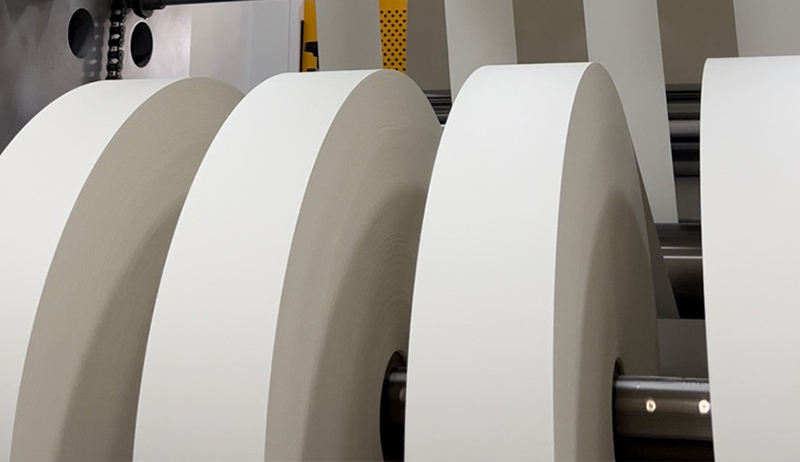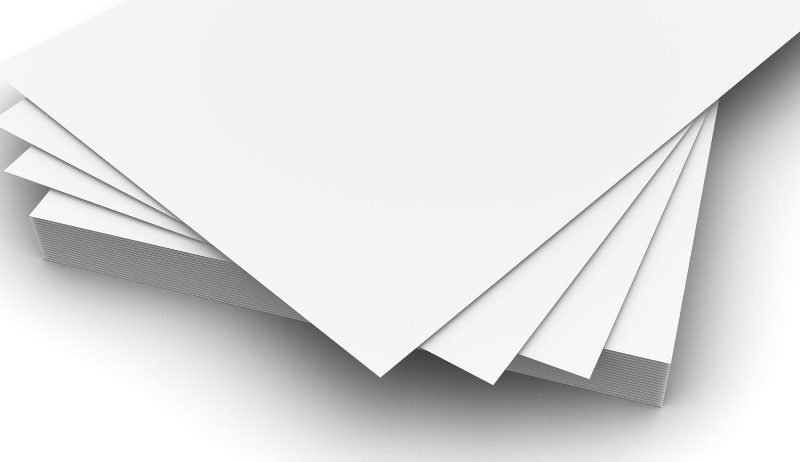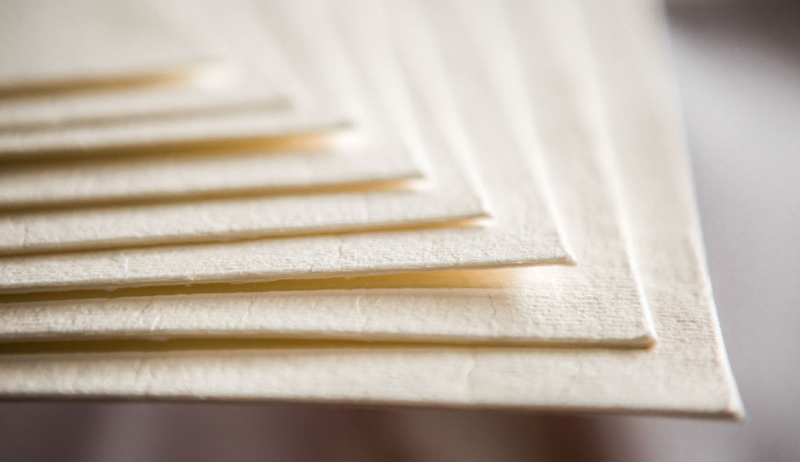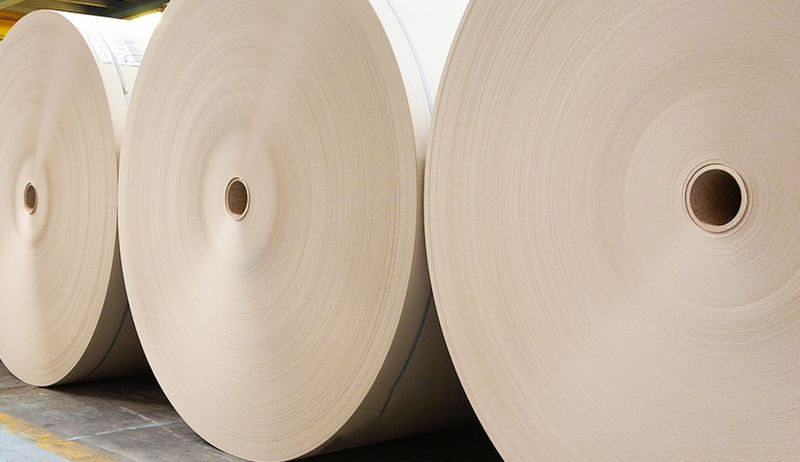Analysis of key parameters for large rolls paper production process control
1. Control of pulp preparation
Pulp preparation is the first step in large rolls paper production and is also the basic link that affects paper quality. In the process of pulp preparation, the following key parameters need to be strictly controlled:
Fiber decomposition: The degree of fiber decomposition directly affects the uniformity of pulp and the strength of paper. In order to ensure that the fibers are fully decompressed, appropriate decomposition equipment and process conditions need to be adopted, such as using efficient decomposition machines, controlling decomposition time and temperature, etc.
Control of beating degree: The beating degree refers to the degree to which pulp fibers are cut, swollen, fibrillated, and dispersed. Too high or too low beating will affect the quality of paper. If the beating degree is too high, the fibers are too short and the strength of paper is reduced; if the beating degree is too low, the fibers are not fully interwoven and the uniformity of paper is poor. The beating degree needs to be accurately controlled according to the purpose and quality requirements of paper.
Pulping uniformity: Pulping is the process of mixing different types of pulp in a certain proportion. The uniformity of pulping directly affects the uniformity and strength of paper. In order to ensure uniform pulping, advanced pulping equipment and processes are required, such as using an automated pulping system, controlling the pulping ratio and stirring time, etc.
2. Control of paper forming
Paper forming is the process of dehydrating and interweaving pulp on a forming net to form paper. During the paper forming process, the following key parameters need to be strictly controlled:
Tension of the forming net: The tension of the forming net affects the thickness uniformity and surface flatness of the paper. If the tension is too large, the paper is easy to break; if the tension is too small, the paper is easy to wrinkle. The tension of the forming net needs to be accurately adjusted according to the paper quality and equipment requirements.
Height of the forming box: The height of the forming box determines the dehydration speed of the pulp on the forming net and the thickness of the paper. If the height of the forming box is too high, the paper is not fully dehydrated and the thickness is uneven; if the height of the forming box is too low, the paper is dehydrated too quickly and cracks are easy to occur. The height of the forming box needs to be reasonably set according to the purpose of the paper and the equipment conditions.
Moisture content of paper: The moisture content of paper is one of the key factors affecting the flatness and strength of paper. During the paper forming process, the moisture content of the paper needs to be controlled within an appropriate range to ensure the stability and quality of the paper. This is usually achieved by adjusting the running speed of the forming network, the pressure and temperature of the dewatering equipment and other parameters.
3. Control of paper pressing
The pressing process is a key step to remove excess water from the paper and improve the compactness and strength of the paper. During the pressing process, the following key parameters need to be strictly controlled:
Pressing pressure: The size of the pressing pressure directly affects the compactness and moisture removal efficiency of the paper. If the pressing pressure is too large, the paper is easily crushed; if the pressing pressure is too small, the paper is not compact enough. The pressing pressure needs to be accurately adjusted according to the purpose of the paper and the equipment conditions.
Pressing time: The length of the pressing time will also affect the compactness and moisture removal efficiency of the paper. If the pressing time is too long, the paper is easily crushed; if the pressing time is too short, the paper is not compact enough. The pressing time needs to be set reasonably to ensure that the compactness and moisture removal efficiency of the paper are optimally balanced.
Material and surface condition of the pressing roller: The material and surface condition of the pressing roller also have an important influence on the flatness and strength of the paper. Using suitable pressing roller materials and maintaining good surface conditions can improve the flatness and strength of the paper.
4. Control of paper drying
The drying process is to evaporate the water in the paper so that the paper reaches the predetermined dryness and strength. During the drying process, the following key parameters need to be strictly controlled:
Drying temperature: The drying temperature directly affects the drying speed and dryness of the paper. If the drying temperature is too high, the paper is easy to shrink and deform; if the drying temperature is too low, the paper is not fully dried. The drying temperature needs to be set reasonably according to the purpose of the paper and the equipment conditions.
Drying wind speed: The size of the drying wind speed will also affect the drying speed and dryness of the paper. If the drying wind speed is too high, the paper is easily blown by the wind, affecting the flatness; if the drying wind speed is too low, the paper is not fully dried. The drying wind speed needs to be reasonably adjusted to ensure that the drying speed and dryness of the paper reach the best balance.
Structure and layout of drying equipment: The structure and layout of drying equipment also have an important impact on the flatness and strength of the paper. The use of advanced drying equipment and reasonable layout methods can improve the flatness and strength of the paper. The use of multi-stage drying equipment and control of parameters such as the temperature and wind speed of each drying stage can further improve the quality of the paper.
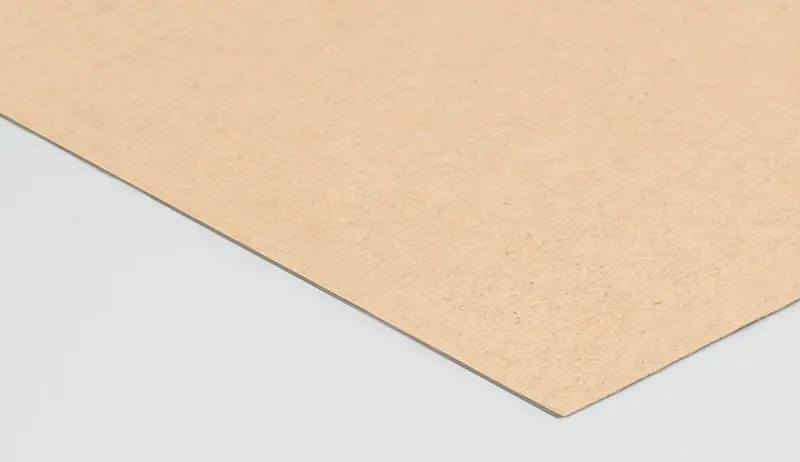


 English
English Español
Español


